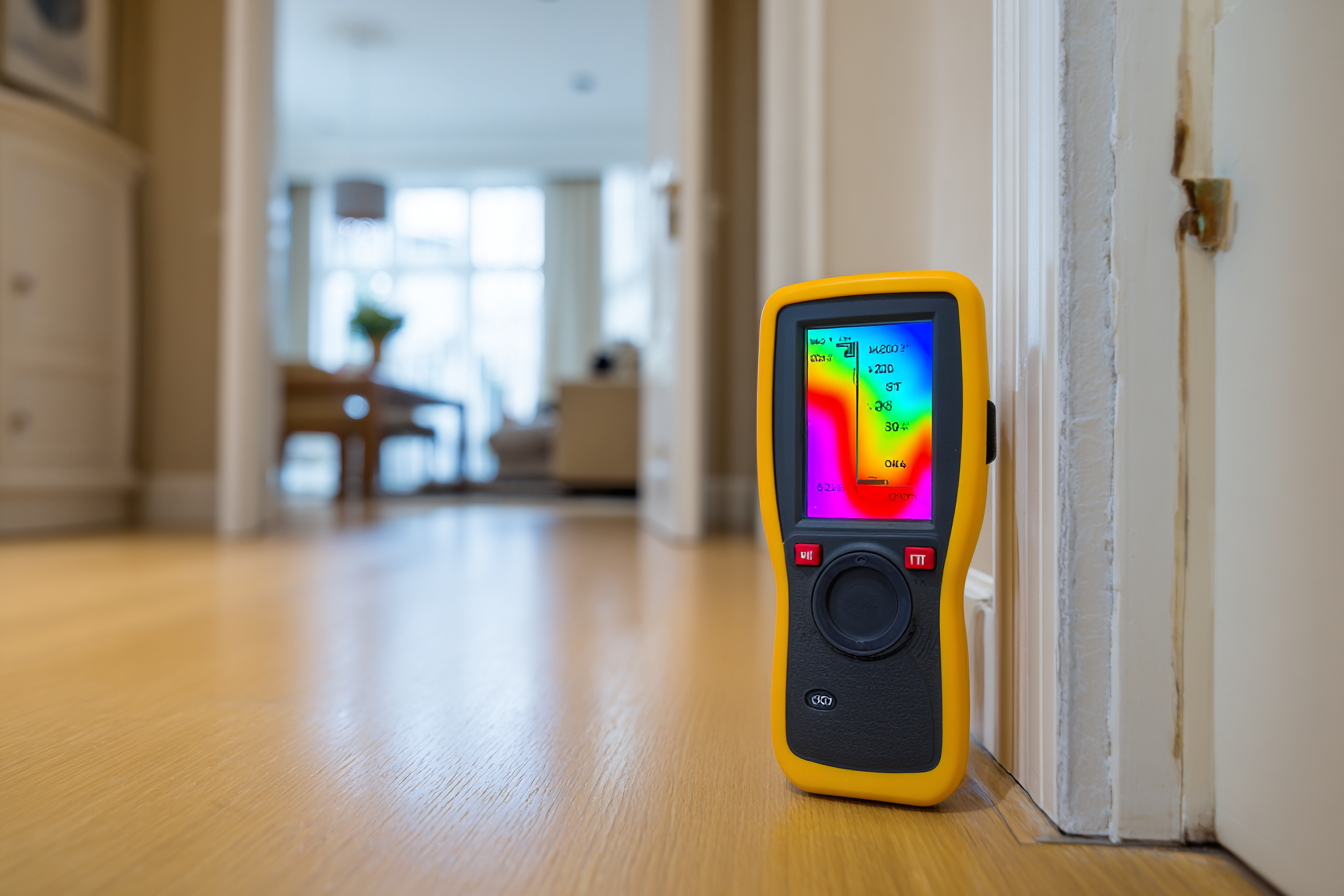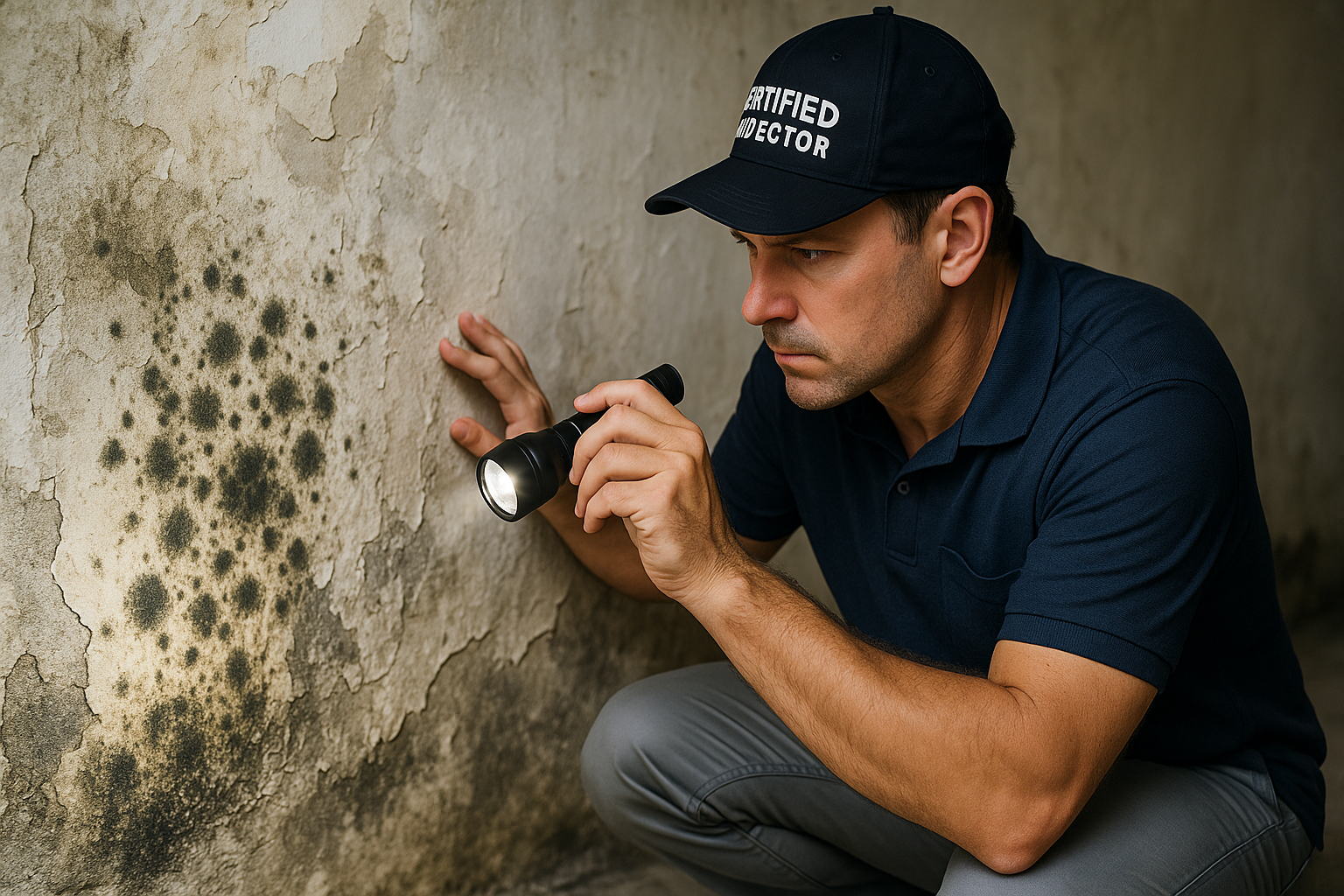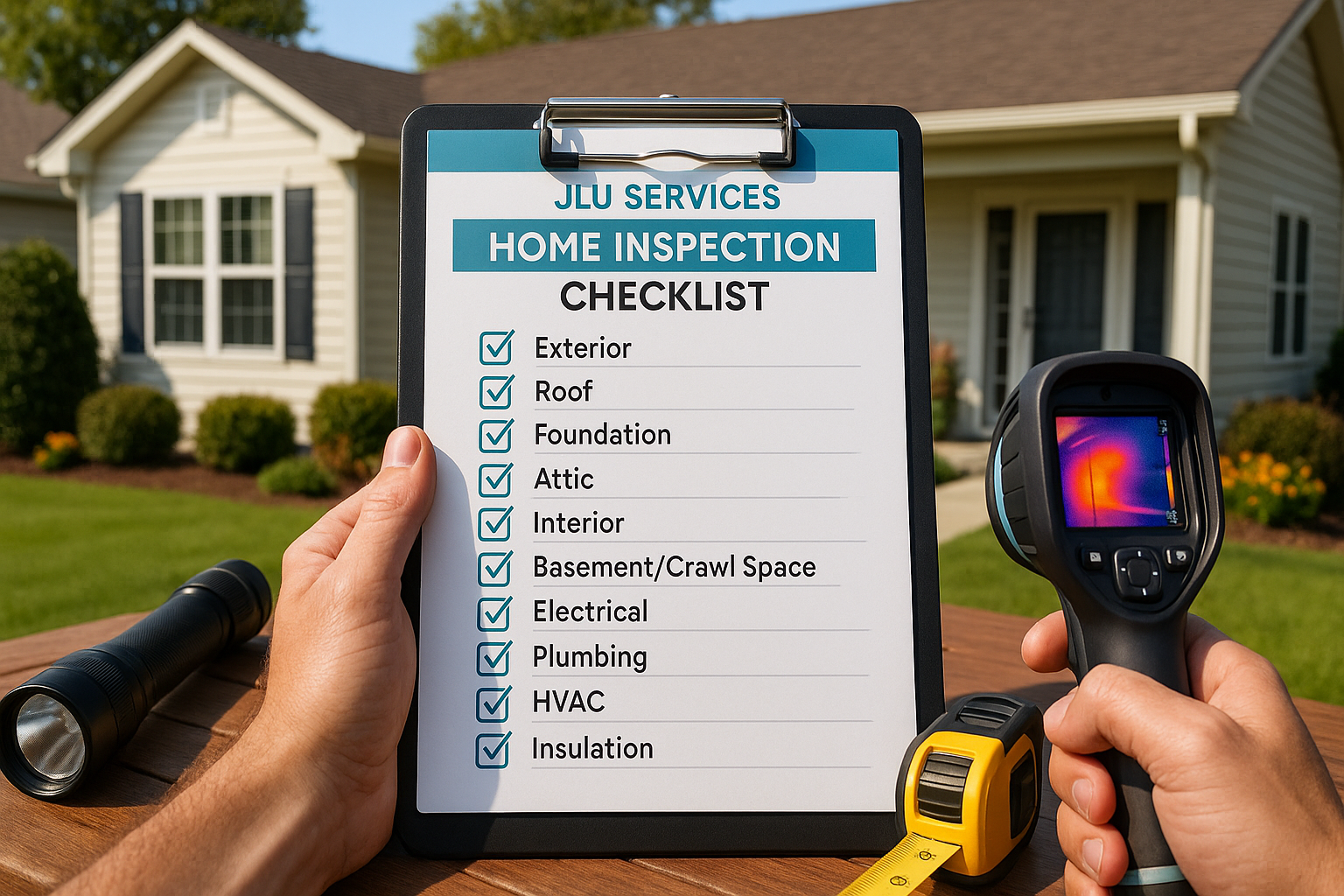Indoor Air Quality Testing: When You Need It and What Results Mean
We spend up to 90% of our time indoors, assuming the air we breathe in our homes, offices, and schools is safe. Yet, indoor air can often be more polluted than the air outside. Invisible contaminants like mold spores, chemicals, and allergens can build up, potentially affecting our health, comfort, and well-being. This is where professional Indoor Air Quality Testing becomes essential.
This guide will explain what IAQ testing is, the common pollutants it detects, and the key signs that indicate you need to schedule a test. We’ll also demystify the results so you can take clear, effective steps toward a healthier indoor environment.
What is Indoor Air Quality (IAQ) Testing?
Indoor Air Quality Testing is a scientific process used to identify and measure the concentration of pollutants within a building. Unlike DIY kits, professional testing uses specialized equipment and accredited laboratory analysis to provide a precise and reliable assessment of your indoor environment. The goal is to uncover hidden issues that could be causing health symptoms, strange odors, or other problems.
A comprehensive IAQ assessment looks for a wide range of potential contaminants.
Common Indoor Air Pollutants
- Mold Spores: Microscopic fungi that thrive in damp environments. Certain types of mold can release mycotoxins, which can cause allergic reactions and respiratory issues.
- Volatile Organic Compounds (VOCs): Chemicals released from everyday products like paints, cleaning supplies, furniture, carpets, and air fresheners. High levels can cause headaches, dizziness, and long-term health effects.
- Formaldehyde: A specific VOC commonly found in pressed-wood products (particleboard, MDF), adhesives, and fabrics. It is a known irritant and can cause breathing difficulties.
- Particulate Matter (PM2.5 and PM10): Fine dust, pollen, pet dander, and soot that can be inhaled deep into the lungs, triggering asthma, allergies, and other respiratory conditions.
- Carbon Monoxide (CO) & Carbon Dioxide (CO2): CO is a dangerous gas from fuel-burning appliances, while high levels of CO2 indicate poor ventilation, leading to stuffiness and fatigue.
When Should You Test Your Indoor Air Quality?
While regular testing is a good practice, certain situations and symptoms strongly indicate the need for a professional assessment.
Consider scheduling an IAQ test if you experience:
- Persistent Musty Odors: A stuffy or earthy smell often signals hidden mold or mildew growth, typically caused by moisture problems.
- Unexplained Health Symptoms: If you or your family members experience chronic allergies, asthma flare-ups, headaches, fatigue, or respiratory irritation that improves when you leave the house, indoor pollutants could be the culprit.
- After Water Damage: Following a flood, leak, or plumbing issue, Water Damage and Moisture Intrusion Inspections are critical. Even after visible water is gone, trapped moisture can lead to rapid mold growth.
- Post-Renovation: New construction materials, paint, and flooring can release a high concentration of chemicals and dust. VOC and Formaldehyde Testing is wise after a remodel.
- Bringing in New Furniture or Carpet: Many new furnishings off-gas chemicals like formaldehyde for weeks or months.
- Before Buying a Home: A Comprehensive Home Inspection can be supplemented with IAQ testing to ensure you aren’t buying a property with pre-existing mold or chemical contamination issues.
The Professional IAQ Testing Process
A certified inspector uses several methods to gather data about your home's air. This is a scientific process that goes far beyond a simple petri dish kit.
- Air Sampling: The inspector uses a calibrated pump to draw a specific volume of air through a collection cassette. This sample is sent to a lab for Particle ID, identifying the types and quantities of mold spores and other particulates present.
- Surface Swab Sampling: When visible mold-like growth is present, Surface Swab Sampling can confirm its type and whether it poses a health risk.
- Direct-Read Monitors: Advanced handheld devices provide real-time data on temperature, relative humidity, particulate matter (PM2.5/PM10), and VOC levels.
- Thermal Imaging: Advanced Thermal Imaging cameras help inspectors find hidden moisture pockets behind walls and under floors—areas where mold loves to grow.
Interpreting Your Indoor Air Quality Report
Once the laboratory analysis is complete, you’ll receive a detailed report. While these reports are scientific, a professional inspector will help you understand the key takeaways.
- What "Elevated" Means: The report compares the types and concentrations of mold spores inside your home to a baseline sample taken outdoors. An elevated level means there are significantly more spores, or different types of spores, indoors, which typically points to an active mold colony.
- Identifying the Source: High levels of specific VOCs can help pinpoint the source, whether it's a new piece of furniture or a chemical used in a recent project.
- Humidity and Moisture Red Flags: Data showing high relative humidity is a critical indicator of conditions ripe for mold growth. The report will correlate these findings with any moisture intrusion identified during the inspection.
Based on the results, your inspector will recommend next steps. If mold is confirmed, you may need professional remediation. If high VOCs are the issue, the solution might involve increasing ventilation, using air purifiers, or removing the offending source. After remediation, Post-Remediation Verification testing is crucial to ensure the problem was resolved successfully.
Why Choose JLU Services for Your IAQ Testing?
Your health is too important to leave to chance. Choosing a qualified, experienced inspection company is the most critical step you can take.
- South Florida Expertise: With over 20 years serving South Florida, we have an expert understanding of how our humid, coastal climate impacts indoor air quality, from common mold types to moisture-related challenges.
- Licensed and Insured: Our team of inspectors is fully licensed and insured, adhering to the strictest industry standards for accuracy and professionalism.
- Accredited Laboratory Partners: We work exclusively with accredited laboratories to ensure your samples are analyzed correctly, providing you with scientifically defensible and reliable results.
- Clear, Actionable Reports: We don’t just give you data; we provide a clear, easy-to-understand report that explains what the results mean and outlines practical next steps.
- Comprehensive Solutions: We are your one-stop shop for environmental health, offering a full suite of services from initial Mold Inspection and Testing to Post-Remediation Verification.
Don’t guess what’s in the air you breathe. Get the facts and protect your family’s health.
Ready to ensure your home is a healthy environment? Contact JLU Services today to schedule your professional Indoor Air Quality Testing.









